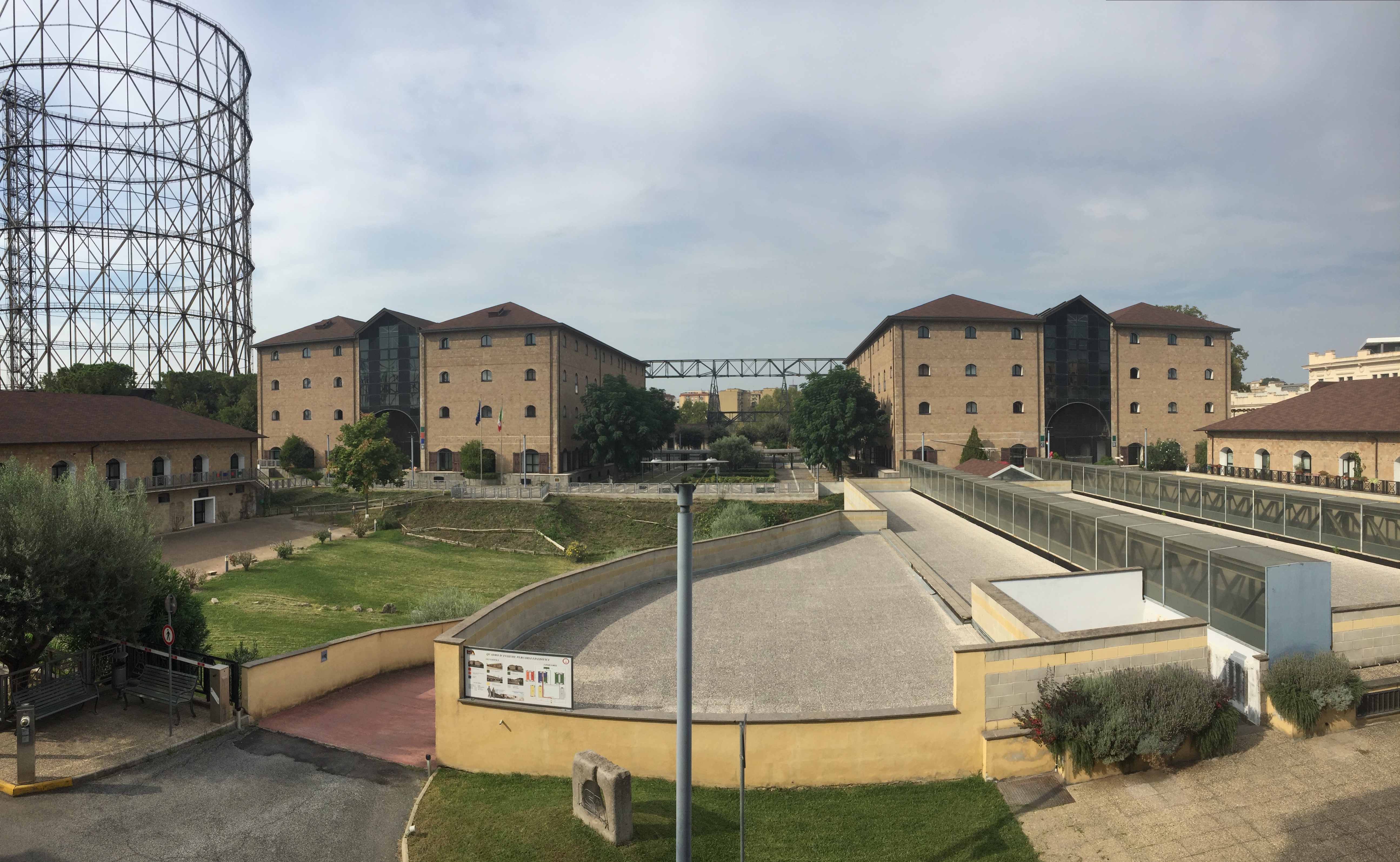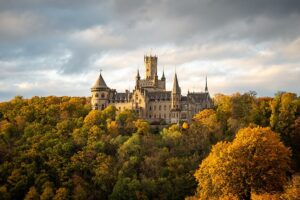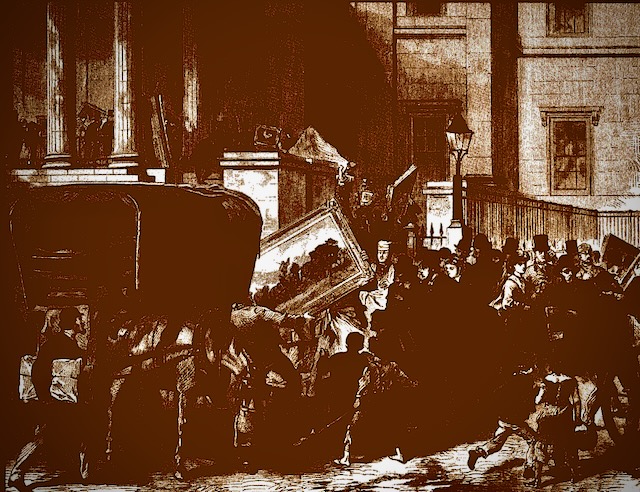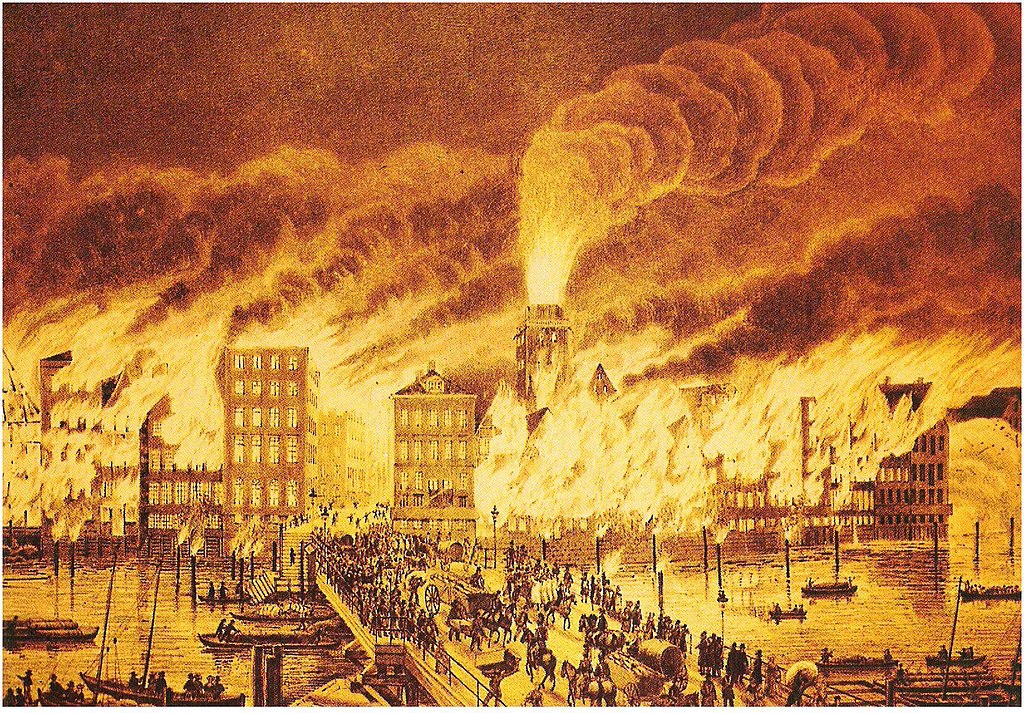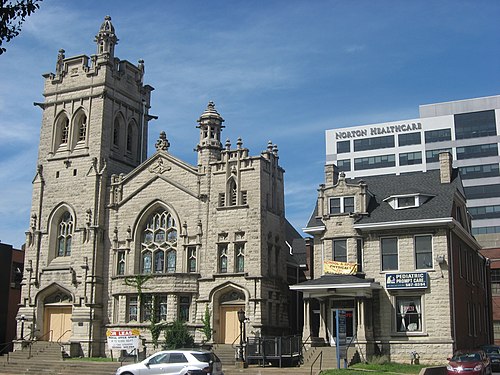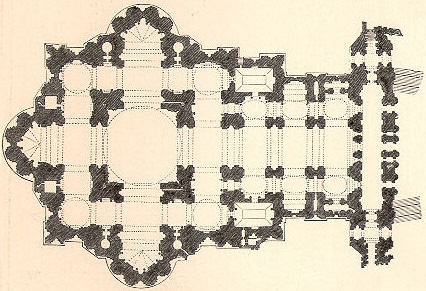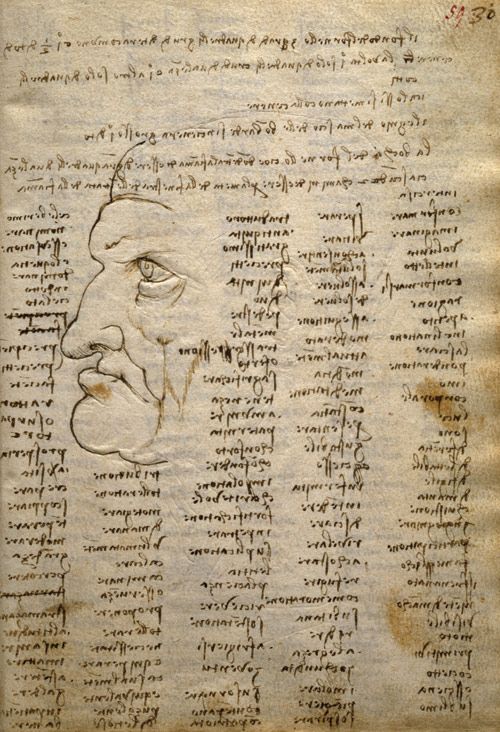First Aid to Cultural Heritage in the STORM Summer School
Protecting Cultural Heritage form disasters needs different actions, one of the more important of which is to make aware stakeholders about what to do, during emergencies, to limit damages.
This consideration has been made by the the EU research project STORM, financed under the Horizon 2020 program, that, from 11th to 13th September 2017 has organized in Rome (Italy) its first course on Management in Emergency of Cultural Heritage. The course “STORM Summer School 2017” has been based on the main topic of the project: how to protect (from preparedness to recovery) cultural heritage against damages due to climate change. So, together with the lessons and the field demonstrations concerning first aid to heritage and historical building, climate change and its effects on the environment have been briefly described.
The Course, a preparatory activity to organise the 2018 STORM Summer School, has been held in Rome, in the National Fire Academy (Istituto Superiore Antincendi) with a 2 and an half days program and final examination. The aim of the course, is giving to managers and to anyone is committed in managing Cultural Heritage buildings some basic information on the main risks due to climate change that can pose a threat to Cultural Heritage buildings and artefacts. The program is based on the underlying consideration that the training and cultural basis in Europe of people charged of managing such assets is extremely different in the member states.
The speakers and the topics of the course have been:
Ivonne Anders, University of Stuttgart (GE), Climate change observed and predicted in Europe
Dr. Alcides Fuschini Bizarro, Município de Grândola (PT), Water and environment agents damages: protecting procedures in emergency
Prof. Joerg Birkmann, University of Stuttgart (GE), Climate change and new threats to cultural heritage
Dr. Eng. Silvia Boi, Engineering Ingegneria Informatica (IT), The STORM project and protection of cultural heritage: state of the art and goals
Dr. Francesca Boldrighini, Soprintendenza Speciale per il Colosseo, il Museo Nazionale Romano e l’Area Archeologica di Roma (IT), Gathering and sharing data in emergency between rescue services and cultural heritage protection bodies
Dr. Maria Concetta Capua, Nova Conservacao (PT), STORM suggested forms and their use on field
Prof. Patrikakis Charalampos, Technological Educational Institute of Piraeus (GR), Description of sensors used in STORM
Dr. Eng. Armando de Rosa, Corpo Nazionale dei Vigili del Fuoco (IT), Quick assessment of damaged structures
Dr. Paolo Dolci, Corpo Nazionale dei Vigili del Fuoco (IT), Steading of a earthquake-damaged masonry arch
Dr. Arch. Maria Teresa Jaquinta (ICCROM), Definition, classification and protection of cultural heritage rules
Dr. Eng. Andrea Marino, Corpo Nazionale dei Vigili del Fuoco (IT), Earthquake damages: shoring procedures in emergency scenarios
Dr. Eng. Stefano Marsella, Corpo Nazionale dei Vigili del Fuoco (IT), Protection of cultural buildings and sites from vegetation fires
Dr. Eng. Marcello Marzoli, Corpo Nazionale dei Vigili del Fuoco (IT), Gathering and sharing data in emergency between rescue services and cultural heritage protection bodies
Dr. Eng. Luca Nassi, Corpo Nazionale dei Vigili del Fuoco (IT), Protection of cultural heritage and artifacts from structural fires
Dr. Filipa Mascarenhas Neto, Direção-Geral do Património Cultural (PT)
Mr. Fabio Perossini, KPeople (UK), Roles and Responsibility in cultural heritage resilience, How to estimate costs to be faced. Voluntarism involvement. A strategy for the future
Dr. Mohammed Ravankhah, University of Stuttgart (GE), Climate change observed and predicted in Europe
Dr. Vanni Resta, KPeople (UK),
Dr. Maria Joao Reves, Nova Conservacao (PT), Integration of short and long term applications to enable improved decision making and faster reaction
Prof. Ulderico Santamaria, Università della Tuscia (IT), Protection measures on cultural heritage against environmental agents
Prof. Eren Uckan, Bogazici University and Kandilli Observatory (TR), Principles to face earthquake risks for cultural heritage
Five “Field Exercise” have been kept:
- Before the disaster: Data collection – How to collect data about the Cultural Heritage in the preparedness phase;
- First Aid to books in case of flood – Instructions to first responders to save books and papers involved in floods;
- Steading of a earthquake-damaged masonry arch – Demonstration about the shoring of a masonry structure in the aftermath of the event (earthquake) applying operating procedure of the Italian National Firefighter Corps;
- First aid to damaged fresco – Procedures to save frescoes damaged applying the technique of detaching from the walls;
- Quick assessment of damaged structures – Demonstration of the procedures currently developed by the Italian National Firefighters (CNVVF) within the STORM project in the Terme di Diocleziano pilot site aimed at helping the quick assessment of the structural damage of a building using Geo-Radar and Laser Scanner equipment.
Two demonstrations have been dealing with scenarios concerning the assessment and the limitation of damages to Cultural Heritage after earthquakes or floods. The Italian Firefighters (CNVVF) showed, in particular, the techniques used in the immediate aftermath of an earthquakes to shore damaged historical buildings have been demonstrated with the construction, in few hours, of a shoring wooden structure aimed ad reinforcing a damaged masonry arch.
In the second scenario the quick assessment of a damaged building (even in this case, damage is not related necessarily to an earthquake) has been carried out using laser scanner and geo-radar technologies. This particular activity is an innovation action due to the European project and is currently developed in the pilot site of the Terme di Diocleziano compound, in Rome. The concept of the action is verify the feasibility of a procedure based on the comparison between a scanning of a damaged structure carried out by the firefighters after the damaged with a 3D image previously acquired by the owner/manager of the structure and available to firefighters even in emergency. Such possibility would allow to assess with extreme precision the displacement of the structure and decide with more confidence what kind of measures have to be taken. Other demonstrations have dealt with limitation of damages activities to frescoes and with salvage of flooded books.
The 2017 edition of the Summer School aimed at giving the basic information about the first year results of the STORM project. The second edition of the course will be organized during 2018. The course has been an experimental edition, limited to partners of the project and invited stakeholders. The purpose of the course has been the verification of the user requirements, in order to organize the 2018 edition within a framework closer to the stakeholders
